I have a csv file separated by tabs:
I need only to focus in the two first columns and find, for example, if the pair A-B appears in the document again as B-A and print A-B if the B-A appears. The same for the rest of pairs.
For the example proposed the output is: · A-B & C-D
dic ={}
import sys
import os
import pandas as pd
import numpy as np
import csv
colnames = ['col1', 'col2', 'col3', 'col4', 'col5']
data = pd.read_csv('koko.csv', names=colnames, delimiter='\t')
col1 = data.col1.tolist()
col2 = data.col2.tolist()
dataset = list(zip(col1,col2))
for a,b in dataset:
if (a,b) and (b,a) in dataset:
dic [a] = b
print (dic)
output = {'A': 'B', 'B': 'A', 'D': 'C', 'C':'D'}
How can I avoid duplicated (or swapped) results in the dictionary?
